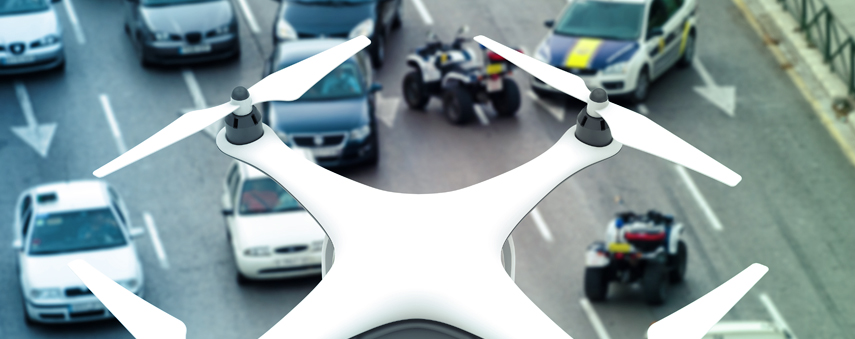How is IoT benefitting critical communications?

At April’s Critical Communications Europe event, 3GPP’s Head of MCC Adrian Scrase gave a presentation on communications standards and the roles of 5G and IoT. It seems impossible to talk of communications at all these days without mentioning 5G. Critical communications are no different.
Scrase explained that 5G will be the first generation to have an integrated cellular component. 5G base stations and user devices will be able to operate high into the air. “In the public safety sense, you can see a lot of reasons why this will be a sensible thing,” Scrase claimed. “[If] you have a disaster somewhere where you need a lot of radio coverage at short notice, you can stick a radio base station on a drone and you’ve got an instantaneous network.”
Drones are just one example of emergent tech being implemented in the critical communications sector. In March, The International Telecommunication Union (ITU) made recommendations for how governments, relief and assistance agencies, and the private sector could make the most of new technology. These included establishing a global information repository on how to apply digital technologies for disaster management. It is also advised that organisations train their staff on how to deploy IoT technology in crisis settings.
The relationship between this technology and critical communications is still in its infancy. Satellite imagery and seismometers are still vital to the sector, but IoT will play an increasing role in months and years to come.
The development of Low Power Wireless Access (LPWA) has accelerated the development of IoT. LPWA technology supports battery operation at a low cost for installation and operation. It also makes long range possible, extending coverage into hard-to-reach areas.
Push-to-talk over cellular (PoC) is popular in critical communications
Push-to-talk over cellular (PoC) is still a favoured option in the world of critical communications.
With the availability of 4G, PoC became an extremely popular proposition for organisations. PoC offers Quality of Service (QoS) and is a popular option for its reliability and security.
Adding context to critical alerts could be game-changing; IoT can help to make critical communication more efficient
PoC can be split into hardware-based and software-based PoC. It’s therefore theoretical to integrate IoT into software-based PoC. For example, you could integrate PoC to interact with body-worn technology.
It’s easy to see why IoT would be of interest to the critical communications community. IoT has the ability to monitor situations, for a start. It can enable better decision-making from collecting huge amounts of data but of course, IoT still has its drawbacks for critical communications too. Security is a major concern of the sector – especially for governments and relief agencies – and then there’s the interlinked question of internet coverage. Is 5G going to extend far enough outside of population centres for critical communications organisations to truly embrace it?
Reliability of technology and safety the public are intertwined when it comes to mission-critical use. The failure of one or more IoT sensors in a critical emergency could put lives at risk. There are however many uses for IoT sensors, otherwise. People counters are just one example of this. Imagine that an IoT sensor can feed back how many lives are at risk in a particular crisis. This can help to facilitate crowd control and give early indications of incidents.
Traffic-flow information is similar. Even sensors as rudimentary as smart lighting can be implemented and tracked to assist in emergencies. Smart manhole covers, electricity fault passage indicators and remote plant temperature monitoring are all examples of how IoT could be used in non-mission-critical applications.
Police could use a PoC device with an Android system to activate security cameras to track the current location of a suspect. This is, of course, dependent on 5G. Assuming that a cellular network is unbreakable, there’s no reason mission-critical use couldn’t use IoT.
It’s a big “if” though. Regardless, adding context to critical alerts could be game-changing. IoT can help to make critical communication more efficient and minimise the impact of a crisis.
IoT in critical communications will develop
Technology is a marathon. Its pace is increasing, too. Many critical communications businesses may not be ready to take the plunge with IoT yet, but over the last decade, mission-critical IoT has seen a lot of progress.
There are lots of factors. IoT devices today have the processing power of early computers. Networks are increasing their number of connection points. The cost of sensors has dropped and cloud computing has risen. Mission-critical IoT differs from IoT: it’s robust and able to withstand harsh or remote environments.
Critical IoT though is a longer-term vision. 5G will be a major factor in IoT’s development and mission-critical IoT will develop further in the future.
